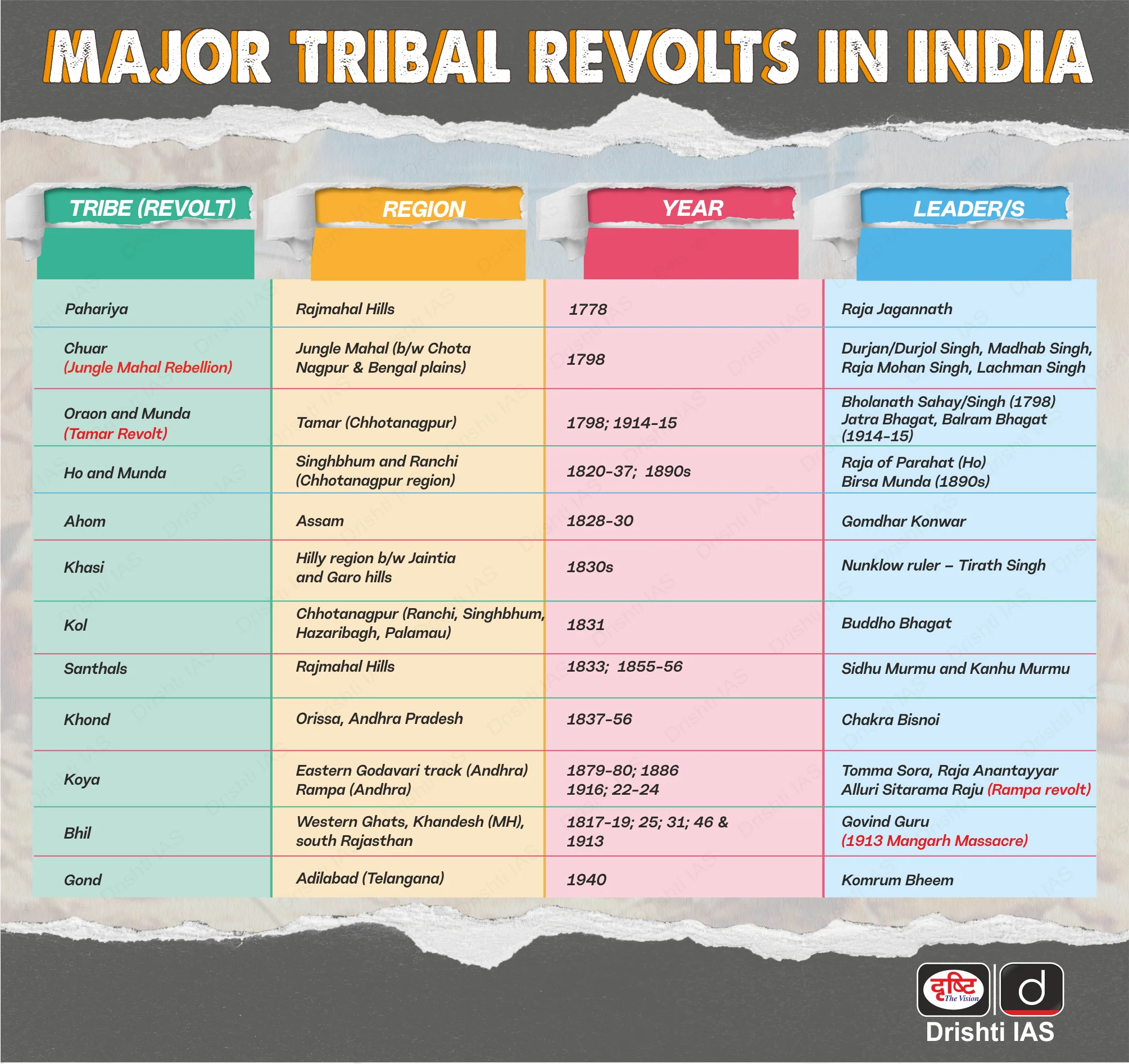Uttarakhand Switch to Hindi
New Colonel of the Regiment of Garhwal Rifles
Why in News?
Lieutenant General Dinesh Singh Rana, Commander-in-Chief of Andaman & Nicobar Command, has officially taken over as the 23rd Colonel of the Regiment of Garhwal Rifles in a ceremony held at the Garhwal Rifles Regimental Centre in Lansdowne, Uttarakhand.
- He succeeds Lieutenant General NS Raja Subramani.
Key Points
- Garhwal Rifles:
- The Garhwal Rifles is an infantry regiment of the Indian Army, established in 1887 as the 39th (Garhwal) Regiment of the Bengal Army.
- It became part of the British Indian Army and was later incorporated into the Indian Army after India’s independence.
- The soldiers of the Garhwal Rifles mainly come from the seven Garhwal districts of Uttarakhand:
- Uttarkashi, Chamoli, Rudraprayag, Tehri Garhwal, Dehradun, Pauri Garhwal, and Haridwar.
- The Garhwal Scouts are stationed at Joshimath and are nicknamed “The Snow Leopards.”
- It has a strong legacy of valor, courage, and service to the nation, reflecting the proud tradition of Garhwali warriors.
- The regiment earned distinction in both World Wars and in multiple post-independence conflicts.
- It played a significant role in the 1962 Sino-Indian War and the Indo-Pakistan wars of 1965 and 1971.
- The Garhwal Rifles is famous for its role in peacekeeping missions, such as Operation Pawan in Sri Lanka.
- The regiment’s motto is “Yudhaya Krit Nishchaya” (Fight with Determination).
- The regiment’s insignia features a Maltese cross, similar to the defunct Rifle Brigade (Prince Consort’s Own).
- The Garhwal Rifles has won several prestigious awards, including three Victoria Crosses and one Ashoka Chakra.
- The Garhwal Rifles is an infantry regiment of the Indian Army, established in 1887 as the 39th (Garhwal) Regiment of the Bengal Army.
Haryana Switch to Hindi
Haryana Fines Firms for Illegal Waste Dumping in Aravallis
Why in News?
The Haryana Forest Department has imposed a fine on three firms for illegally dumping construction debris and industrial waste in Nuh's Aravallis forests.
- Cases were registered under sections 223(b) and 324(3) of the Bharatiya Nyaya Sanhita, 2023, along with provisions of the Environment Protection Act, 1986.
Key Points
- About Aravallis:
- The Aravallis is the oldest fold mountain on Earth. Geological studies indicate that it is three billion years old.
- It spans from Gujarat to Delhi (through Rajasthan and Haryana).
- The highest peak in the Aravalli Range is Guru Shikhar Peak on Mount Abu.
- Impact on Climate:
- The Aravallis have an impact upon the climate of northwest India and beyond.
- During monsoons, the mountain range gently guides the monsoon clouds eastwards towards Shimla and Nainital, thus helping nurture the sub-Himalayan rivers and feeding the north Indian plains.
- During the winter months, it shields the fertile alluvial river valleys of the Indus and Ganga from the harsh cold westerly winds blowing in from Central Asia.
- Ecological Role of the Aravalli Range:
- The Aravalli range acts as a natural shield against desertification by preventing the eastward expansion of the Thar Desert.
- It protects major cities such as Delhi, Jaipur, and Gurugram from desert encroachment and rising aridity.
- Rivers:
- Biodiversity Hotspot:
- The forests, grasslands, and wetlands in the Aravalli support numerous endangered plant and animal species, making it a critical ecological habitat.
- Threats to the Aravalli Ecosystem:
- Deforestation, illegal mining, overgrazing, and human settlements are accelerating land degradation across the range.
- These activities are damaging underground aquifers, drying lakes, and weakening the range’s ability to support wildlife and biodiversity.
- The Supreme Court in 2009 ordered a complete ban on mining in the Aravalli hills of Faridabad, Gurgaon, and Nuh districts of Haryana.
- Deforestation, illegal mining, overgrazing, and human settlements are accelerating land degradation across the range.
Jharkhand Switch to Hindi
Hul Diwas 2025
Why in News?
On Hul Diwas (30th June, 2025), the Prime Minister paid tribute to the courage of India’s tribal communities and honoured the legacy of Santhal Hul tribal martyrs who resisted colonial rule.
Key Points
- About the Santhal Hul of 1855:
- Historical Background: The Santhal Hul of 1855 was one of the earliest peasant uprisings against British colonial rule in India. Led by four brothers - Sidho, Kanho, Chand, and Bhairav Murmu - along with sisters Phulo and Jhano, the revolt began on 30th June 1855.
- The revolt targeted not only the British but also upper castes, zamindars, darogas, and moneylenders, collectively termed 'diku'.
- It aimed to protect the economic, cultural, and religious rights of the Santhal community.
- Genesis of the Uprising:
- In 1832, certain areas were designated as ‘Santhal Pargana’ or ‘Damin-i-Koh’, which includes present-day Sahibganj, Godda, Dumka, Deoghar, Pakur, and parts of Jamtara, in present-day Jharkhand.
- The area was given to the Santhals who were displaced from various regions under the Bengal Presidency.
- The Santhals were promised settlement and agriculture in Damin-i-Koh, but instead they faced repressive land-grabbing and begari (bonded labour).
- Two systems of bonded labour emerged in Santhal territory, known as kamioti and harwahi.
- Under kamioti, the borrower had to work for the lender until the loan was repaid, while under harwahi, the borrower had to provide personal services and plough the lender's field as needed. The terms of the bond were so strict that it was nearly impossible for the Santhal to repay the loan in their lifetime.
- Two systems of bonded labour emerged in Santhal territory, known as kamioti and harwahi.
- In 1832, certain areas were designated as ‘Santhal Pargana’ or ‘Damin-i-Koh’, which includes present-day Sahibganj, Godda, Dumka, Deoghar, Pakur, and parts of Jamtara, in present-day Jharkhand.
- Guerrilla Warfare and Suppression:
- The Murmu brothers led around 60,000 Santhals in guerrilla warfare against the East India Company. Despite fierce resistance lasting six months, the revolt was crushed in January 1856 with severe casualties and devastation.
- More than 15,000 Santhals lost their lives, and over 10,000 villages were destroyed.
- The Hul highlighted early resistance against British colonial rule and remains a symbol of tribal resilience.
- The Murmu brothers led around 60,000 Santhals in guerrilla warfare against the East India Company. Despite fierce resistance lasting six months, the revolt was crushed in January 1856 with severe casualties and devastation.
- Impact: The uprising led to the enactment of the Santhal Pargana Tenancy Act of 1876 (SPT Act) prohibits transfer of Adivasi lands to non-Adivasis, allows land inheritance only within the community and preserves Santhals' right to self-govern their land.
- Historical Background: The Santhal Hul of 1855 was one of the earliest peasant uprisings against British colonial rule in India. Led by four brothers - Sidho, Kanho, Chand, and Bhairav Murmu - along with sisters Phulo and Jhano, the revolt began on 30th June 1855.
Santhal Tribe
- Demographic Distribution:
- The Santhal are one of the largest tribal communities in India.
- They are primarily concentrated in Jharkhand, Bihar, West Bengal, and Odisha.
- Language:
- Santhals speak Santhali, a dialect of Kherwari, which belongs to the Munda branch of the Austroasiatic language family.
- Occupations and Livelihood:
- Many Santhals work in coal mines near Asansol (West Bengal) and steel factories in Jamshedpur (Jharkhand).
- Some work seasonally as agricultural labourers.
- In rural areas, rice cultivation forms the core of their economic activity.
- Village Administration:
- Each Santhal village is headed by a hereditary headman, supported by a council of elders.
- The headman also performs religious and ceremonial duties.
- A group of villages forms a pargana, governed by another hereditary headman.
- Clan and Social Structure:
- The Santhal have 12 clans, each further divided into patrilineal subdivisions.
- Clan exogamy is strictly observed—members of the same clan do not marry each other.
- Clan and subclan membership comes with specific rules about dress, food, housing, and rituals.
- Monogamy is the norm among Santhals. While polygyny is allowed, it remains rare.
- Religion and Beliefs:
- Santhals traditionally worship spirits and place strong emphasis on ancestral cults, especially those of clan headmen.
- Spiritual practices and rituals form a central part of their cultural identity.
West Bengal Switch to Hindi
Football for Schools (F4S) Programme
Why in News?
The Union Education Minister launched the Football for Schools (F4S) programme by distributing Federation Internationale de Football Association (FIFA) footballs at PM SHRI Kendriya Vidyalaya, Fort William, Kolkata.
Key Points
- About the Football for Schools (F4S) Programme:
- FIFA spearheads the F4S programme globally to make football accessible to students through school systems.
- In India, the Ministry of Education implements F4S through the Department of School Education and Literacy (DoSEL), with support from the All India Football Federation (AIFF) and the Sports Authority of India (SAI).
- As of January 2025, FIFA has committed over 9.6 lakh footballs to India and 129 other participating countries.
- The West Bengal rollout builds on successful state-level launches like Odisha in 2024, reinforcing India’s push for grassroots sports culture.
- About PM-SHRI Scheme:
- About:
- The PM SHRI Scheme is a centrally sponsored initiative, launched in 2022, by the Government of India aimed at establishing over 14,500 PM SHRI Schools by enhancing existing schools to showcase the implementation of the National Education Policy (NEP) 2020.
- Objective:
- The primary objective is to create an inclusive and nurturing environment that promotes the well-being and safety of every student, offering diverse learning experiences and access to quality infrastructure and resources.
- Duration of Scheme:
- The duration of the scheme is from 2022-23 to 2026-27, after which it shall be the responsibility of the states/UTs to continue to maintain the benchmarks achieved by these schools.
- Schools Eligible to become PM SHRI School:
- Schools managed by Central/State/UT Governments and local bodies.
- All Kendriya Vidyalayas and Navodaya Vidyalayas which are non-project and run from permanent buildings.
- Monitoring Framework of Schools:
- A School Quality Assessment Framework (SQAF) will monitor performance, with regular evaluations to ensure high standards.
- SQAF is a set of standards and best practices as paradigms for attaining individual and institutional excellence.
- About:
All India Football Federation (AIFF)
- The AIFF is the organization that manages the game of association football in India.
- It administers the running of the India national football team and also controls the I-League, India's premier domestic club competition, in addition to various other competitions and teams.
- The AIFF was founded in 1937, and gained FIFA affiliation in the year 1948, after India's independence in 1947.
- Currently, it has an office in Dwarka, New Delhi.
Uttarakhand Switch to Hindi
Cloudburst in Uttarakhand
Why in News?
A cloudburst in Uttarkashi, Uttarakhand caused landslides, disrupted key pilgrimage routes, and left several workers missing.
- Districts prone to flash floods and landslides have been placed on high alert.
Key Points
- About Cloudburst:
- A cloudburst is a sudden, intense rainstorm that results in more than 10 cm of rain in less than an hour over a small area (approximately 10 km²).
- It can also be accompanied by hail and thunder. Cloudbursts are common in mountainous areas, especially in the Himalayas.
- Due to their localised nature, cloudbursts are hard to predict or detect but can unleash sudden, devastating rainfall, leading to flash floods and landslides.
- Landslide:
- Definition: A landslide is the downward movement of rock, soil, or debris on a slope due to gravity.
- It is a form of mass wasting, where earth materials move down a slope under the influence of gravity.
- Causes: Natural factors like heavy rainfall, earthquakes, and water seepage weaken slopes, while human activities such as deforestation and construction increase risks. Geological factors, such as soil composition and terrain, also affect slope stability and can lead to landslides.
- Definition: A landslide is the downward movement of rock, soil, or debris on a slope due to gravity.
- Flash Floods:
- Definition: Flash floods are sudden increases in water levels during or immediately after intense rainfall.
- They are highly localized and short-lived events, typically occurring within 6 hours of rainfall.
- Causes: Flash floods are primarily caused by intense rainfall that overwhelms the soil’s absorption capacity and drainage systems.
- Apart from heavy rain, flash floods can also result from rapid snowmelt due to sudden temperature rise, dam or levee breaches, ice or debris jams, and sudden glacial lake outbursts.
- Additionally, urbanisation with impervious surfaces like roads and buildings increase runoff, reducing water absorption and intensifying flood risks.
- Definition: Flash floods are sudden increases in water levels during or immediately after intense rainfall.


.png)




.jpg)























.png)


.jpg)

 PCS Parikshan
PCS Parikshan




